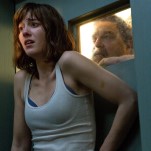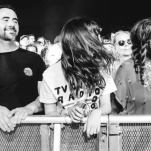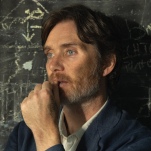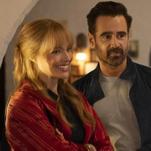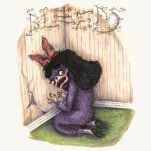The Red Turtle
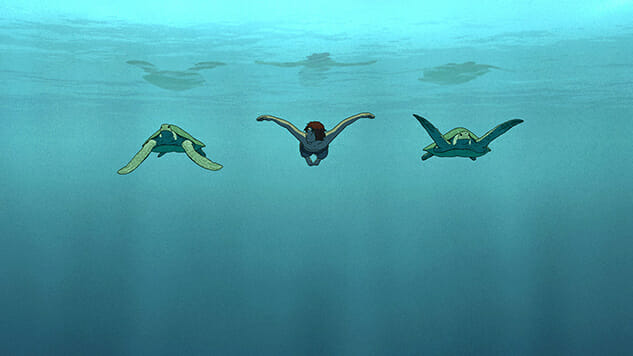
The Red Turtle is a film about necessity: about what it takes to survive on the barest of essentials, but also about the grunt-work of creation, about creating because you must and seeing something through to the end because there is no other end in sight. With the help of Studio Ghibli (who counts this film as their first care of a non-Japanese filmmaker) and Grave of the Fireflies director Isao Takahata, writer-director Michaël Dudok de Wit has spent the past ten years crafting something of a pure animated film—“essential” cinema in that it’s boiled down to its essentials. The Red Turtle, nearly wordless and painstakingly gorgeous, exists outside of time, outside of any context, really, that could tether the film to our world. It’s more sensation than story—more impressionistic than thematic. As an accomplishment alone, it should be held as a landmark, especially coming from a studio known for its landmarks—but as a narrative rather than as an object to admire, it struggles to have anything salient to say.
Dutch-British Dudok de Wit’s film is an international affair, co-financed by studios out of Japan, Belgium and France. Perhaps born from that kind of multilingual pedigree, The Red Turtle carries a healthy distrust of language—not only its acuity in conveying universal truths, but in the way language automatically sets up a barrier between the audience and the emotional truth of his (admittedly archetypal) story. Dudok de Wit dwarfs humanity throughout his film, placing his teensy figures with their Euro-centric, Tintin-eque eye dots amidst densely lush jungles and intimidating vistas, allowing them only the occasional “hey!” or grunt or whimper to rise above the white noise of his environment’s natural musique concrète. Ditching language altogether, Dudok de Wit seems to be damning an audience’s sense of privilege: No matter what we think, the language of nature will always hold so much more power than any language we use to feebly bend reality to our will. If The Red Turtle has one clear message, it’s obviously environmental, but more concerned with the foundational aspects of environmentalism than any “reduce, reuse, recycle” mantra. To save the world, we have to recognize our insignificant place within it.
So, Dudok de Wit uses the grammar of myth. An unnamed man washes up on the shore of a nameless deserted island. He explores his surroundings, almost dies, learns an important lesson about his new home, and inevitably builds a raft from the island’s ample bamboo stock. The raft, almost as inevitably, capsizes after a first try, at the mercy of unseen forces. So the man tries again—repetition becomes the backbone of this fable, as is the case in all fables—and the same disaster happens again, and again, and the man comes to learn that his malady is the work of the titular red tortoise, a giant reptile who seems particularly motivated to keep the man on the island. Angry, the man finds an opportunity to take his desperation out on the tortoise, disabling the creature on the beach and leaving it to die. Which it does, despite the man’s increasingly manic sense of regret, before the shell of the creature breaks open post-mortem to reveal a red-haired woman who will become the man’s partner and lover, giving birth to a son who will one day leave the island. Rebirth, resurrection and animals so large they’re practically elemental, all of it presented in threes: De Wit understands the empirical underbelly of a great parable.
-

-

-

-

-

-

-

-

-

-

-

-

-

-

-

-

-

-

-

-

-

-

-

-

-

-

-

-

-

-

-

-

-

-

-

-

-

-

-

-


